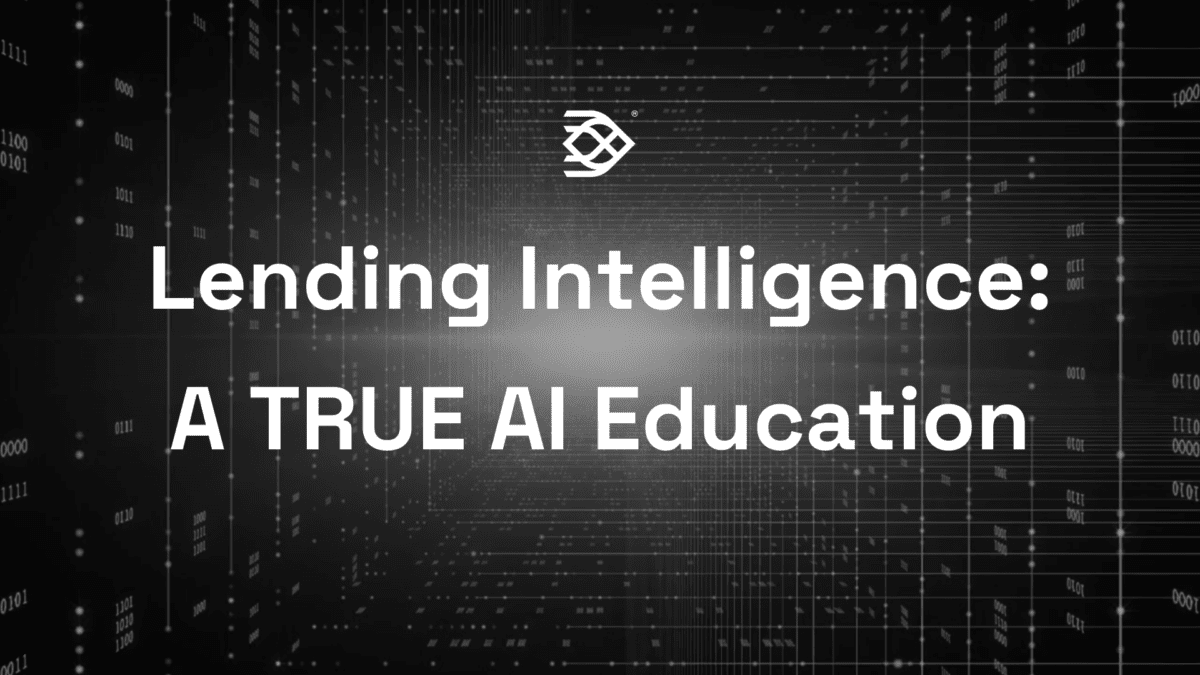By Steve Butler, President & CRO of TRUE
I have always taken the harder path in my career. The jobs I have chosen, and the several companies I worked for, were always about disrupting a market with revolutionary new technology. The business plan and success of the company was dependent on building and taking the new technology to market. Financial success was only achieved if we captured significant market share by displacing the legacy solutions that had been in place often for decades. The degree of difficulty for these companies comes from needing to innovate on both the technological side and the go-to-market side. These experiences led me to invent and perfecting new approaches to selling and marketing that I use every day.
A great example is a company I ran Sales for early in my career. The product was a system that had incredibly complex software and was very hard to manufacture. It sold for more than $1M per unit (and companies often needed several). Quality was poor and the system was down 25% of the time! However, in 75% of the time it was working, it generated 10x the value that the legacy solutions provided. Clearly, this was a system that could not be sold on the usual criteria – uptime, quality, ease of use, pricing. It was this company that got me hooked on value based and ROI -based selling and the consultative tools needed to help customers focus on these critical areas when making vendor selections. This was 30 years ago so it was a novel idea, but it worked, and that company grew to $80M and an IPO in 4 years.
Lender Technology Adoption is Often Poor
So, it is with this background, along with my leadership role at AI mortgage tech leader, TRUE, I often wonder about AI adoption for the mortgage industry. I have talked with many CEOs and owners of lenders who are frustrated with high technology spending but have little to no ROI for it. The spending amounts to hundreds of dollars per loan but the cost to manufacture the loan keeps going up every year, a pattern that has been consistent for more than 20 years.
There is this jaded view that is impacting the adoption of AI mortgage tech, despite all its unique promises.
- Is this just the next shiny jewel?
- Why will this be different from all the previous automation attempts?
- Why should I believe your ROI calculations?
And lender executives are right to be skeptical and ask these hard questions. The bar should be high for AI vendors, forcing them to be more consultative, to understand lender workflows and pain more deeply, and be able to propose solutions that get to value/ROI rapidly.
I uncovered a few systemic issues that have caused lenders to not get the adoption and the value from software technology that was purchased. First, most lenders are primarily sales operations along with some loan manufacturing as opposed to primarily loan manufacturers with some sales operations. In other words, they are optimized to sell and this is their real strength and culture. Nothing is wrong with that but it does mean that technology adoption must run through Sales. Assuming it impacts them, if they don’t like it, forget about any adoption. Too often in the past the technology was pushed from the top down, which will not work for mortgage lenders that have highly influential LOs.
The other big issue I uncovered was lenders often invest in technology to “boil the ocean”, essentially change everything. These became multi-year projects that never saw the light of day. Worse, most lenders don’t understand how everything in loan manufacturing actually works, at a level deep enough to change it for the better. Again, if the culture and expertise was more akin to manufacturing than sales, new technologies would be about filling in gaps in the process, finding the quick wins, choosing areas where ROI measurement is easily made. This is what manufacturers do every day to optimize, regardless of what they are manufacturing.
The AI Opportunity is Far Different From the Tech of the Past
Software and technology purchases by lenders over the past several decades aimed to boost user productivity by giving users new tools. Tools like income calculators, loan origination systems, loan defect trackers, document OCR, and RPAs are great examples of tools that help users do more work faster. But it does not come for free to the user. Users, such as LOs, processors, and underwriters have to get trained, make it work in all their workflows, and persist long enough with the tools to get proficient and realize the value. Because there is this burden on the user, adoption can take longer or not happen at all.
The AI opportunity is far different. Mortgage AI technology is not so much about raising individual productivity but rather raising department productivity. AI enables offloading of entire tasks to the AI solution without any requirement for training or human oversight. There is no burden on the user. The best mortgage AI technology today is turned on and is continuously working in the background accomplishing the tasks it was assigned. Loan manufacturing employees just use the results from the tasks completed by the AI as the further process the loan. In this way, the adoption of AI technology occurs at installation, because at that point it becomes ubiquitous, operating in the background, and delivering value immediately.
What is the Best AI Strategy for Lenders to Start With?
With AI investments, it’s important that lenders learn from their past disappointments regarding their investments in technology. Did we take on too much, lack a deep enough understanding of the problem we were solving, failed to get Sales and the users involved early enough, used unreasonable assumptions for achieving a positive ROI, or lacked clear success criteria that could be achieved in a quarter or less?
These are all the sins to not repeat with AI investments. The best strategy is to identify labor intensive gaps in existing processes and intersect those gaps with AI solutions that are highly suited to full automation as “background workers”, adding little to no burden on existing users. Since obtaining trusted data is the lifeblood of all loan manufacturing, and getting it faster and earlier speeds up borrower approvals, closings, post closings, and selling off loans, this is best area for lenders to focus their AI investments on first.
The good news is that this is where mortgage AI technology has really stepped up and emerged as AI agents operating in the background continuously generating trusted data for the decisioning operations downstream. AI agents today perform intelligent document processing and data extraction from PDFs at a higher accuracy than humans, and in near real time. There is no training or burden on any lender’s employees and the time to value is fast. As their first strategy for AI, lenders should focus on deploying AI to get their trusted data in real time because the entire loan operation, including the borrower experience, benefits.
How Urgent is AI Adoption for Lenders?
The mortgage industry, like many other industries, is ripe for disruption. It’s not sustainable for loan manufacturing costs to rise every year. It’s a fiercely competitive industry and lenders must continuously look for advantages to attract and retain loan officers. The AI that has grown up inside the mortgage industry has achieved an intelligence level that enables much faster and scalable lending, at a significantly lower cost. The LO experience and the borrower experience are dramatically improved.
The costs associated with LO turnover are substantial. National Mortgage News recently adds that recruitment efforts often involve paying out bonuses and other forms of compensation, yet these investments can backfire if LOs fail to meet production targets or leave the company shortly after joining. This not only strains financial resources but also affects team dynamics and productivity.
Join the conversation!
Subscribe on LinkedIn to our newsletter or look out for my future blogs on AI in the mortgage industry, where I’ll explore technical advancements like intelligent automation, AI-driven analytics, and self-learning systems. We’ll discuss how these technologies are transforming document processing, risk management, and overall efficiency in the industry. Join us to learn about the future of AI in home lending.



